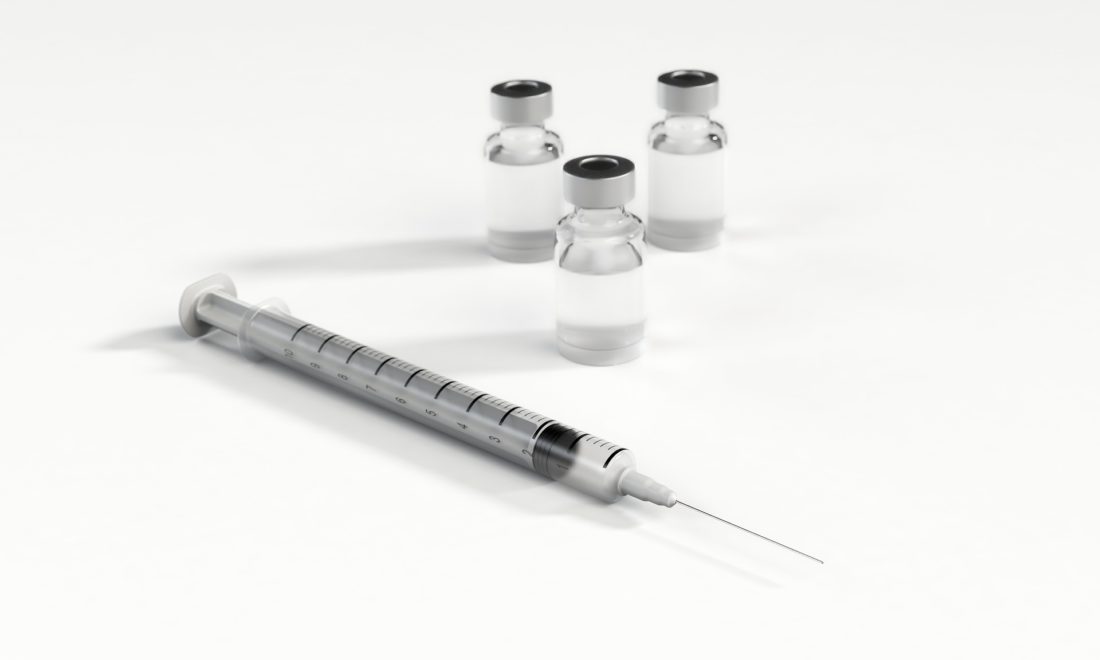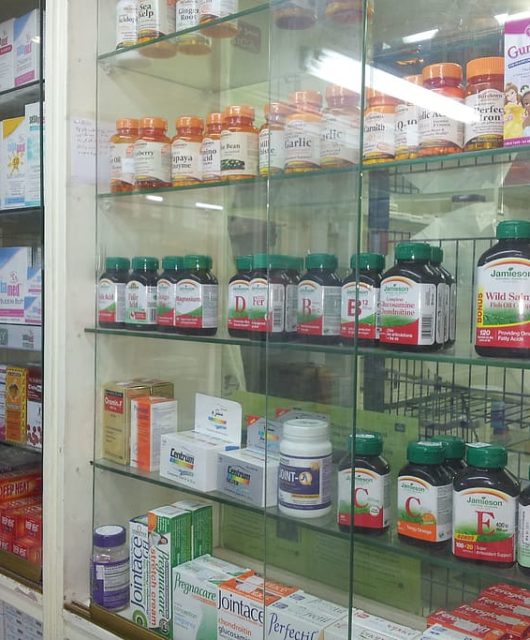Why Monitoring Protein Aggregation Is Crucial for Injectable Biopharmaceuticals
 The process of creating and delivering vaccines for therapeutic effect is a complex process. Scientists must identify all potential stability and interactivity risks associated with a particular vaccine before releasing it for patient use. Protein aggregation can be initiated through the shipping, storage, and delivery of biopharmaceuticals. Protein aggregation can alter the way that a vaccine interacts with other molecules in the human body. Because of this, understanding factors such as protein denaturation temperature is important to take into account when developing vaccines.
The process of creating and delivering vaccines for therapeutic effect is a complex process. Scientists must identify all potential stability and interactivity risks associated with a particular vaccine before releasing it for patient use. Protein aggregation can be initiated through the shipping, storage, and delivery of biopharmaceuticals. Protein aggregation can alter the way that a vaccine interacts with other molecules in the human body. Because of this, understanding factors such as protein denaturation temperature is important to take into account when developing vaccines.
What is protein aggregation? Which factors provide the most risk? How can scientists ensure a drug will continue to have its intended therapeutic benefits without additional risk? This brief guide to how protein aggregation affects biopharmaceuticals will answer these questions and more.
Table of Contents
What Is Protein Aggregation?
Proteins in the human body and within vaccines must exist in their natural, three-dimensional state. This state is achieved under normal conditions and promoted by the coiling and folding of polypeptide chains. When a protein is in its native state, certain binding sites are accessible to other molecules. If a protein denatures – unfolds or misfolds due to unfavorable conditions – its function is altered, and the protein may aggregate with other denatured proteins.
In the brain, protein aggregation results in amyloid plaques that can lead to Alzheimer’s, Parkinson’s and other neurodegenerative diseases. In an injectable biopharmaceutical vaccine, protein aggregations can drastically alter the properties of the vaccine. This can affect its absorption rate, potency, and immune properties. Sometimes, aggregates can even clog columns or membranes, and prevent use altogether.
How Does Protein Aggregation Occur in Biopharmaceuticals?
While the specific mechanism through which protein aggregation occurs is unknown, manufacturing processes can increase the risk for aggregates. Since these aggregates eventually lead to the degradation of vaccines, attention to these risk factors is essential. These three factors can increase the risk of chemical degradation:
1. Contamination
When a sample is contaminated during cell culture, unwanted interactions can occur. This environment can cause protein unfolding and lead to aggregates and sediment.
2. Composition
If the formulation composition of a biopharmaceutical is faulty, the environment produced can cause protein aggregates that lead to degradation of the vaccine.
3. Storage
Storage conditions that provide too much energy – particularly those that are too bright, too warm, or exposed to radiation – can cause excess protein aggregation over a period of time and drastically alter the effects of a biopharmaceutical.
How Can Researchers Prevent Risk?
One of the primary ways researchers are looking to prevent unwanted protein aggregation and degradation of biopharmaceutical injectables is by closely monitoring their storage conditions. Monitoring techniques can be used to determine the precise protein denaturation temperature of each protein and can help prevent storage conditions that lead to degradation. By isolating temperatures and degradation trigger points, researchers can identify the ideal storage conditions for vaccines.
Overall, more data is needed in order to build a set of guidelines for proper research and storage conditions. Once more data becomes available, stricter health regulations can be implemented to control the storage and delivery of biopharmaceutical injectables.









